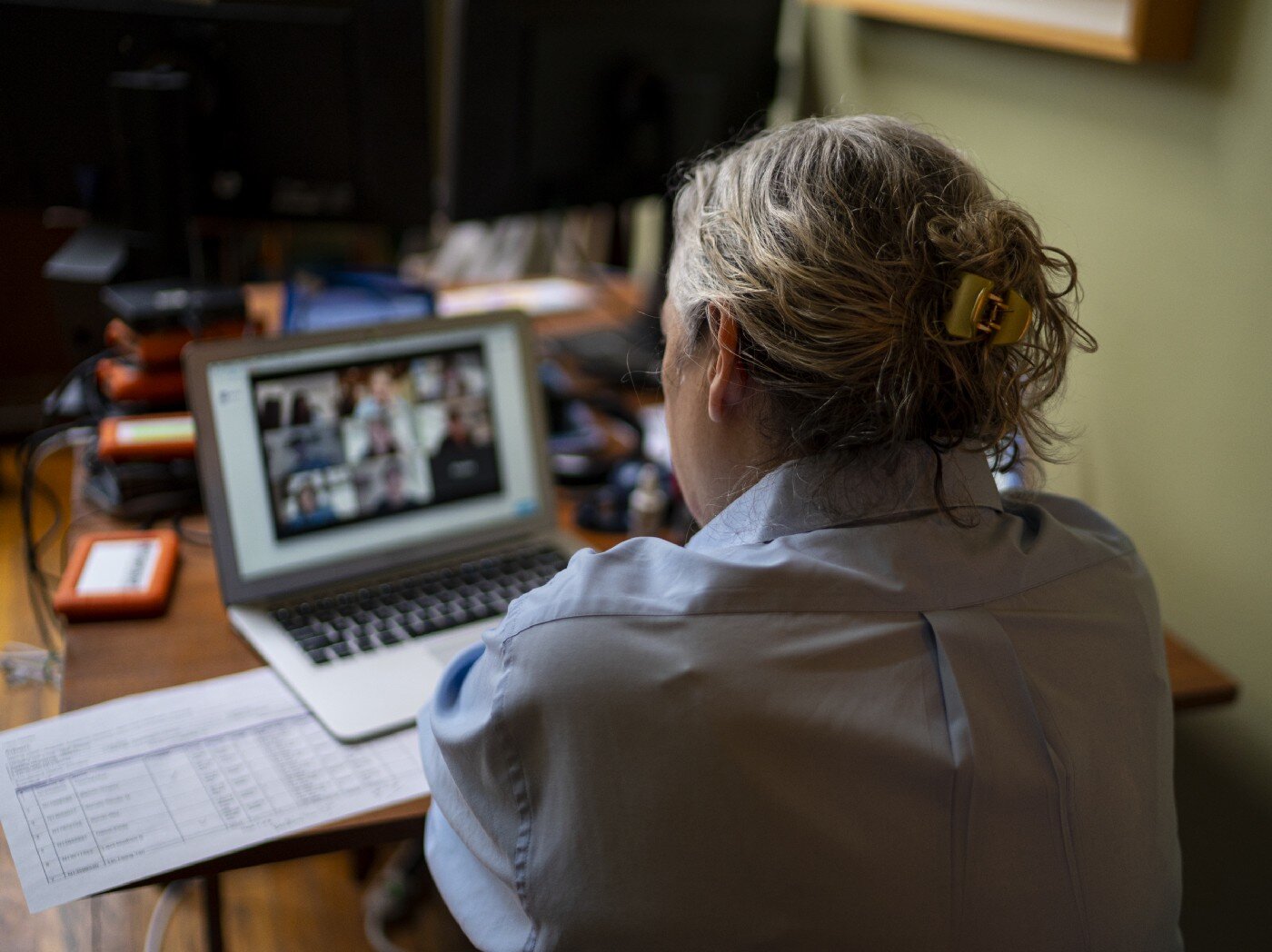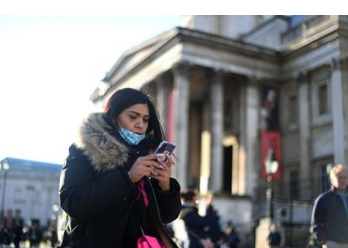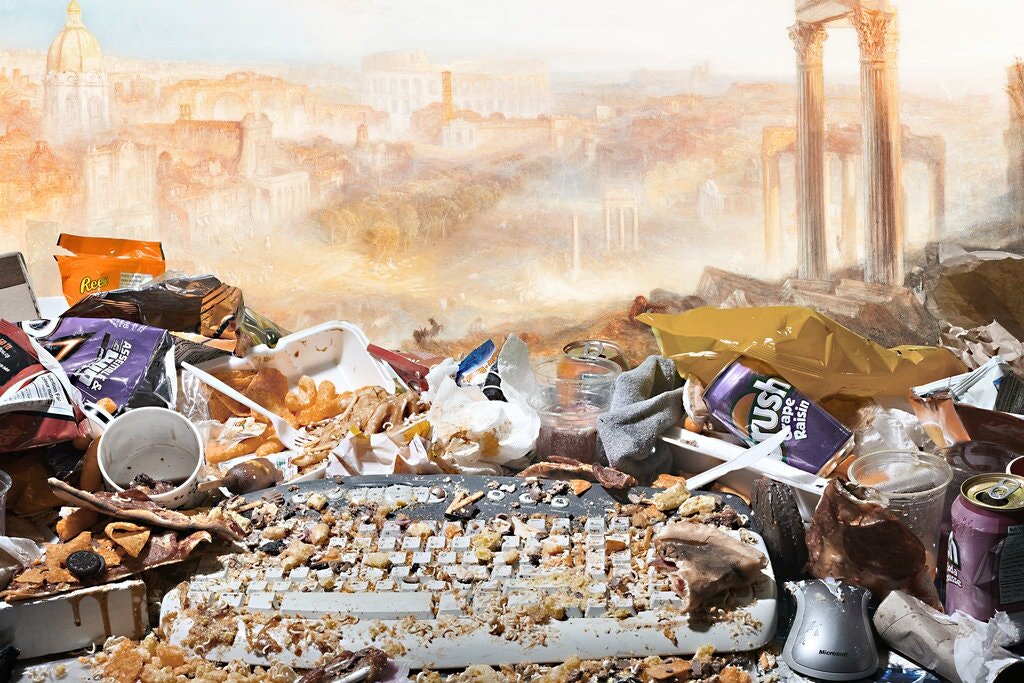In the art world, this is normally the time of year when all the big previews, openings, fairs, biennales, and all shiny new things art-related come onto the scene, the special time when art schools around the world hold their BFA and MFA year-end exhibitions. As Facebook reminded me all this week, this time last year I was preparing my field school students for our art tours of London and the Venice Biennale. Art as a way to connect and network, art as a means to travel, art as experienced in person. So it has been especially intriguing to see how the art world has handled the transitioning of these events and rites of passage into the spring/summer 2020 art calendar.
As Covid-19 restrictions have eased in some parts of Europe and Asia this week, my feed has been full of cautious optimism around welcoming audiences back into art galleries and museums. The opening of Frieze New York earlier this month—one of the art world’s most important art fairs—was the first real test of whether a virtual art gathering could yield interest and profits. And it did. As a result, many think pieces now are turning to questions of the art market’s viability in the online environment, along with considering what the increasing engagement with art via the screen might mean to future generations of art connoisseurs. At my own institution, we have followed suit and created an online exhibition to mark our BFA grad show (it is running May 14-29th and you can check it out here), an event that has been met with many mixed emotions from students and faculty alike. Instagram was not so long ago the digital space that most university art programs regarded with deep suspicion, and for some emerging artists, a tool that could bring mixed reception from curators, gallerists, and art institutions. Not one month into the pandemic, Instagram has become, ironically enough, the de facto virtual exhibition space for the art world. This alone is worth following as a development well into the future.
A Few More Things…. Before the Round Up
Google Arts and Culture in collaboration with the Getty updated their popular app this past week with a new feature called Art Transfer, which allows users to upload photos and filter them into the visual signature of several dozen canonical artists from across art history (including the Kusama installation work that leads this post). Warning, it is very addictive!
For those of you who binge watched the very campy, dark, and excellent HBO television series Succession, check out its older and (maybe a bit less cool but still compelling) worthy cousin Billions. I am on Season 2 (of 5) and am giving it another chance after hearing all the buzz about the new season that debuted this month. And since we are speaking of excellent TV dramas, this month is the fifth anniversary of Mad Men’s season finale. I hold Mad Men in my top ten best-ever television series, and if you haven’t yet watched it, I am jealous of you (as I would want to be me again watching that series for the first time).
And this is random, but I cannot say enough about my weighted blanket and how it has helped me relax and get much needed sleep during the pandemic. I have this one from Bearaby, which is washable, cool, and perfect for spring/summer sleeping, but there are many different kinds at all price points, and it will change the way you sleep (I receive nothing for this endorsement!).










Pandemic Journal: Coco Fusco, Lucas Adams, Sara Nović, Gavin Francis, and Amanda Fortini, et al.
‘How This Moment Will Be Misremembered’: Internet Theorist Talks Social Media
The Problem Isn’t Zoom Fatigue — It’s Mourning Life as We Knew It
Untitled, Art turns to virtual reality to improve the online fair experience

